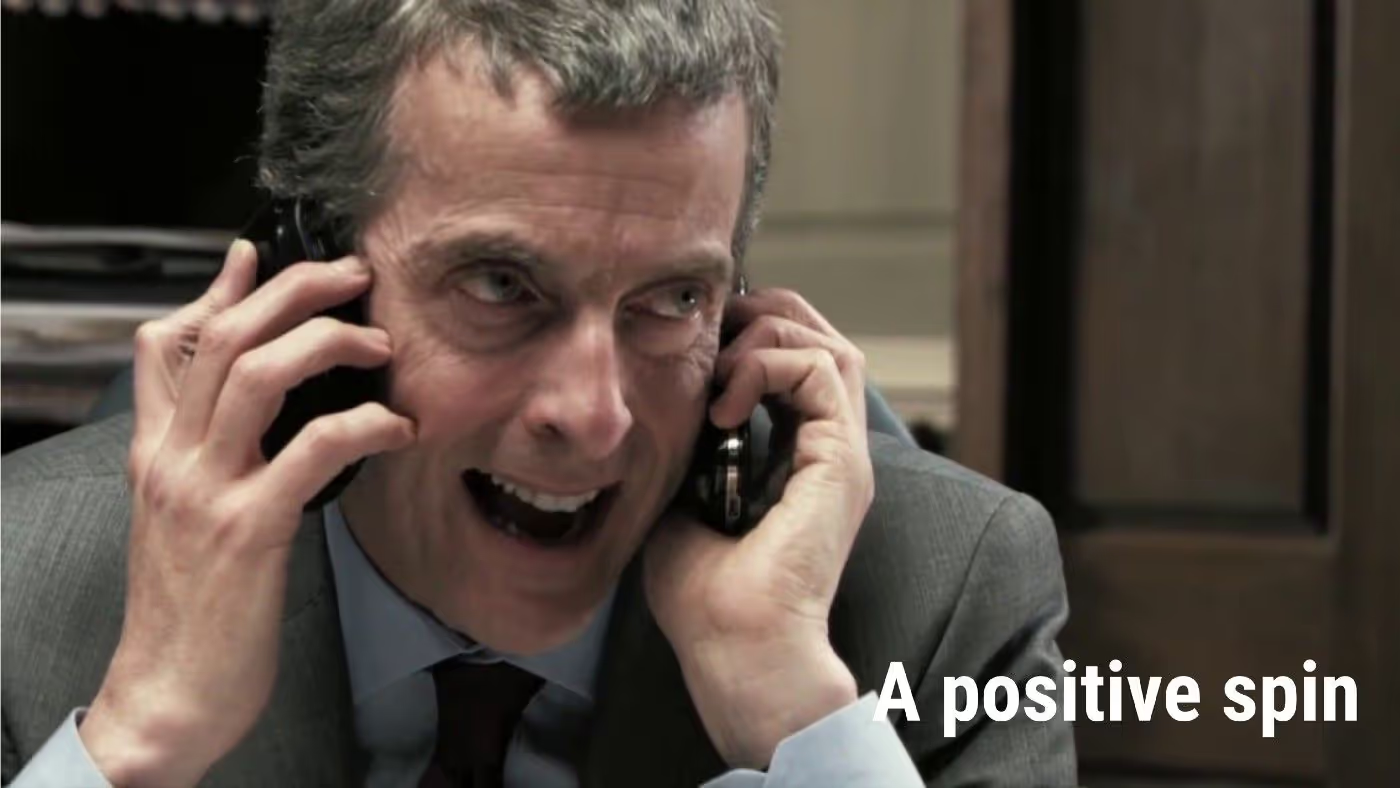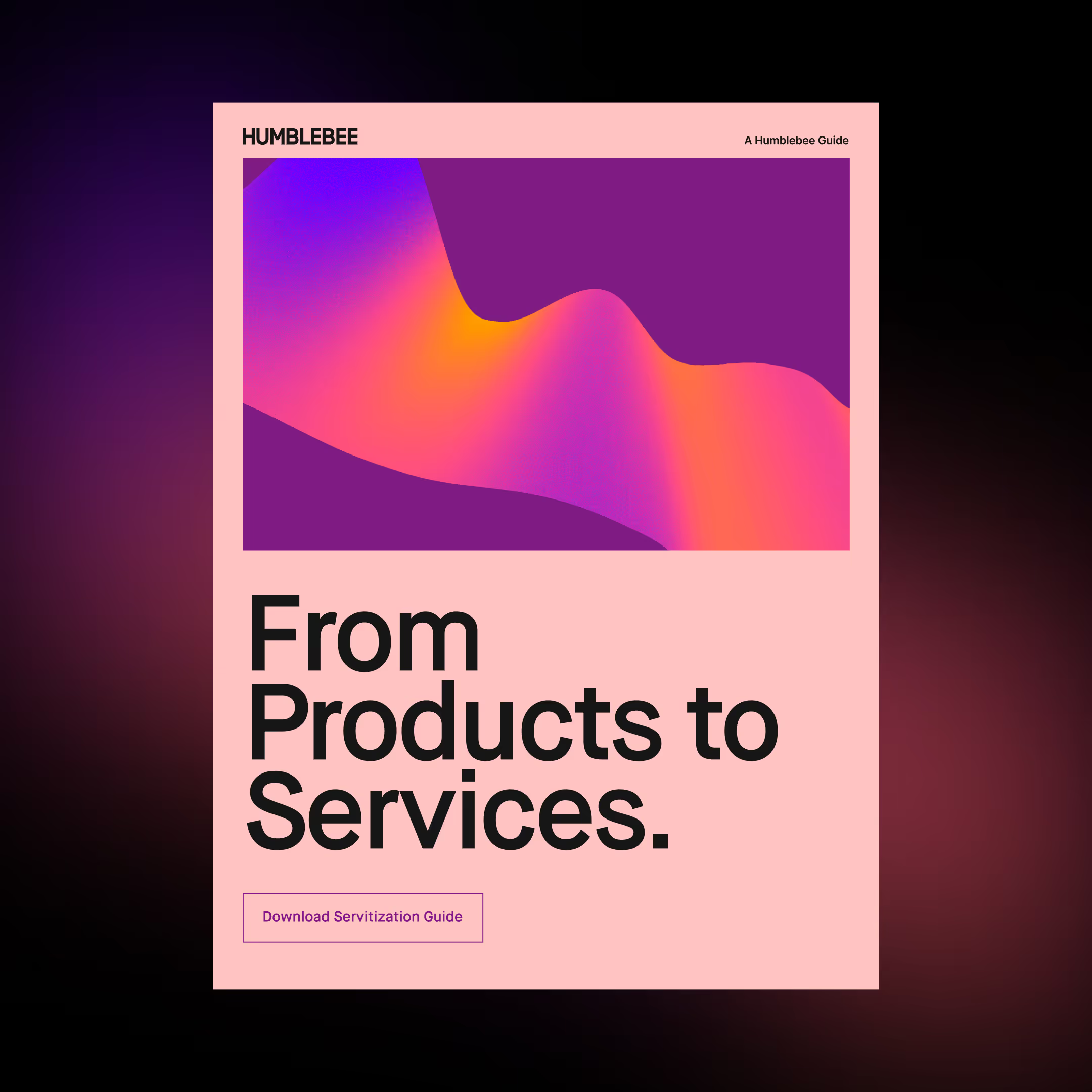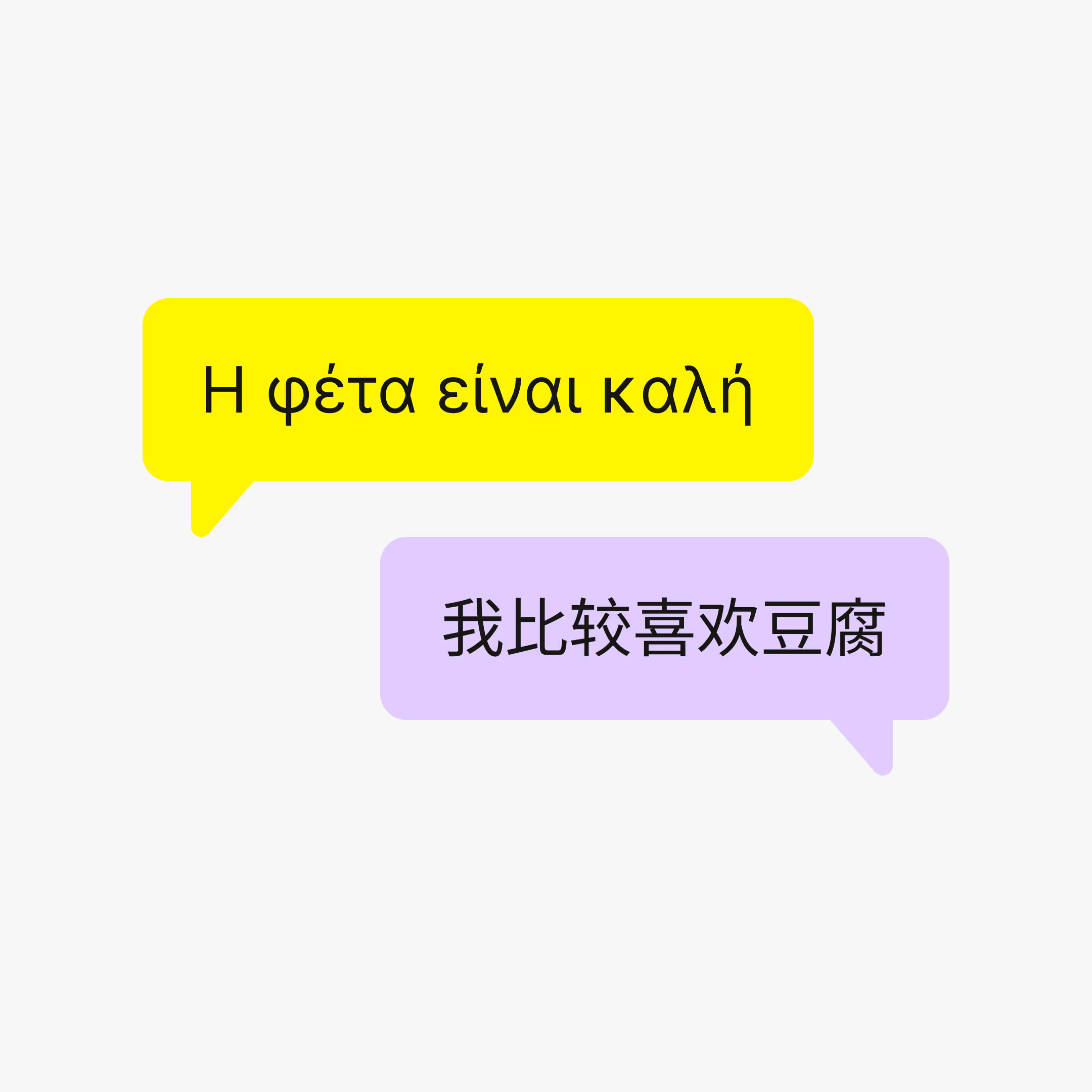Designing a UX for digital users in 2030, with a multi-office, cross-competence team.
Including: “When is the right time to yell at stakeholders?”

The brief was pretty straightforward, attempt to define digital services from a user’s perspective in 2030, as part of a major project for a client.
We would be working as a multi-department, cross-competence team, bringing with us years of experience across a range of disciplines and hopefully no little amount of insight and creativity.
To attempt to give some structure to the proceedings, 5 product and 5 consumer pillars had been defined — encompassing brand values, technical ambition and the overarching themes the design team wanted to examine.
So far, so good. Right?

Stage 1
The first meeting was pretty electric — a room full of the ‘best and brightest’, all hepped up on coffee, Californian sunshine and enthusiasm. Everyone in the room had earned a place at the table and I had that lovely feeling of being potentially the dumbest person in room.
And there were a lot of people in the room.
Now, in the interests of full disclosure, I should mention that our team came with something of an agenda. We wanted to come away from this first session with a stake in this new concept that related to our work back home. We wanted a piece of the pie. We were fortunate that we tended to work with a broad focus, and had a pretty diverse portfolio to call upon to find our play.
Naturally, many of our colleagues had the same idea. The problem that became quickly apparent, is that they were laser focused on one specific project or piece of technology. That was their world and they would inject it into this project.

As I mentioned earlier, there were a lot of people in the room. A lot of people with very specific agendas. So when we started a round-table discussion to examine the pre-defined pillars, it became a case of who could shout loudest about how their speciality would fit into any of these criteria.
Don’t get me wrong, it was fascinating! These guys are good, and under any other circumstances I could have happily listened all day. However, as we watched the agenda fall by the wayside, and descended into another incredibly granular discussion about how X could make Y work, it became quite clear that we weren’t gaining any real insight into those pillars, and that without some leadership, we were pretty much just involved in a giant case of know-how willy-waving (and yes, the room was 95% male).

The following day, we returned to the bat-cave and reassessed the sea of scribbles on the wall. It appeared that the previous evening some judgements had been made by a visiting higher-up, and a few pertinent points had been asterisked. We also had our task for the day. “Start creating personas”.
Without any insights in the problem, with no real data or research, or any idea of pains or needs to solve for, we dove into it using the Myers-Briggs personality types to build our characters.
Two things happened.
- We fell a bit too much in love with these people we created. Dad-mode activated.
- We created a mix of characters that were the polar opposite of our client’s core demographic, Nothing wrong with being aspirational, but would we completely change their engagement in 12 years?
Time ran out. It was time to break up the band. We had a few use cases that had surfaced during our persona building, and instructions to continue creating personas. More feedback was ‘incoming’
It was time to go home.
Stage 2
First instructions on our return were“Ignore the personas. Build use cases. We want LOTS of use cases”

This was quite refreshing. We were home and felt we had something of a blank canvas to work from.
One thing we had quickly realised was that personas won’t work for this. How can you create an accurate concept of a person who doesn’t even exist yet? They have no peers or cohort. In fact, we don’t even have the world they live in…
“The world they live in” — That was the key to understanding this space. What we needed to do was go as wide as we possibly could, get as much insight as possible and make our best accurate guess as to what the world of 2030 would look like.
SPOILER: It looks like this!

Thanks to some excellent input from our Finnish Queen-of-all-Workshops, we had arranged all our insights into a Scope Wheel divided them up by category — industry, health, society, etc — and arranged them so those most relevant to our field were closer to the “bullseye”, and the more irrelevant out towards the edge.
We though this would help us focus on insights most relevant to our project, but in fact we found that it was the ideas on the outer rim that gave us the most inspiration. And in fact, by going wide and looking away from our particular field, we were able to create a rich and well rounded world to ideate around.

With such a fertile basis for ideation, we found that ideas came thick and fast. We worked quickly and wrote down use cases on post-its, and threw them up on the board. After a moment to review and make some initial attempts at clustering we would see areas that maybe needed more focus, and go for another round with a weather eye on the gaps.
Each time we had another round of ideation we grabbed another brain from the office, quickly immersed them in our world and let them run free. Naturally these ideas ranged from utter genius to utter madness, but already we could see some common themes beginning to emerge.
What was particularly interesting was that with these ideas we were exploring our actual ‘Right to Play’ in this future world — were these concepts actually something our client should be doing, or were they services provided by a 3rd party that we would simply use?

With over a 101 use cases, clustered and rated we were ready to start building some user stories. We were lucky in that many of our ideas seemed to have a natural fit with the narrative of the world we’d created, and they seemed to write themselves.
My colleague compared it to writing a movie — you have this amazing story and just have to find characters to tell it for you. Some of our original personas were revived, and some new ones sprang to life just by exploring the concepts. One of the most gratifying moments was discovering that we needed a retired, elderly person who had mobility problems, a marvellous counterpoint to the fantastical bright young things from before.
A whole raft of new user stories created, we sent them off to our colleagues. We had doubled the output of two other teams!
We had simply got lost in the storytelling and through our user stories explain our research and the world we’d created. Which was to become a problem later on…

Then came the silence.
We had submitted our work, we’d had great feedback and then we heard nothing. We heard that the lead team had selected their favourite use cases, combined some others and were taking them forward to the management team.
It felt like we’d done some amazing work and simply tossed it into a hole. We thought we were out of the process.
Stage 3

Which made what happened next pretty gratifying.
We received the next generation of revised user stories. A couple of ours were there pretty much unchanged, but the rest, although richer in content, somehow seemed weaker.
One of ours had apparently been held up as the benchmark, and we were asked to take over the creation of all of the user stories. We had found the brand values and the right-to-play.

So it was back to the drawing board. Or in our case the crazy wall. We pinned up both generations of user stories, any notes we’d received, a summary of our research and anything that seemed relevant. Honestly, there was a reason for that Judge Dredd picture…
With all of that up, we were able to dot vote our favourite use cases, add copious notes extracting the themes from each, and start pinning up ribbons between common concepts or stories that seemed to compliment each other.
It looked like the work of a maniac, but we could immediately visualise the next steps.

We needed to build completely new stories from the use cases that we’d picked, merging the good parts, and letting the product tell the story.
Based on our benchmark piece, good story telling was crucial.
But that was only the start, we soon saw our biggest mistake from before. The world that we’d created was not optimistic and our use cases reflected this. We had come up with some strong ideas to relive the pains of future living, but that pain was the essence of our user stories.
We were also trying too hard to justify our use cases with some heavy handed references to our research.
It made for some pretty bleak storytelling .
What do you do in this situation? You turn it on its head. Take the use case, ignore the pain and show the positivity. If you can tell people when something is going wrong. Why not tell them when things are going great instead?
Immediately the pieces started to fall into place and new positiuve user stories began to emerge.
It was time to check in and get some feedback…

The lead team were in town, and it was great to bring them into office and stand by our crazy wall, two freestanding whiteboards and our design desks all covered in notes, scribbles and ideas and talk them through our work.
Intermission: “When is the right time to yell at stakeholders?”
As a rule, the answer is never. Losing your rag is unprofessional and often means that your ideas get dismissed out of hand.
However, sometimes, just sometimes, getting a bit ‘passionate’ is the only way.
Throughout this whole process, I had noticed people using certain technical terms, and holding certain concepts up as ideals. As the Technical Designer in our team I’d raised the point a few times that:
- The terms they were using had nothing to do with the technology they were describing.
- The concepts were at best outdated and at worst horribly misguided.
- Continuing with the above would be an unwise move.
So hearing these again during our feedback session, despite everything that had been said, and literally surrounded by the days of work that proved the point, there may have been some words said at a slightly increased volume. There was definitely some arm waving and finger pointing.
I was told afterwards that my case was “compelling” and they had taken it all on board.
Sometimes, if your client is wrong, you have to tell them.
If there is a learning here, it is something along the lines of: “If you have to speak loudly make sure you’re carrying a big stack of data”. Or something.

So, to carry on with the feedback session.
And a note on getting feedback. Throughout this whole process we had to fight for feedback at every stage. Coming from a team where we are used to quick ideation and iteration, not only was it frustrating, but it gave the impression that we weren’t part of the core team, and that our input wasn’t really valued.
Which was strange since at every stage our work had been held up as the standard.
However, on the whole the reaction was incredibly positive again and we felt that we’d found our voice, that we were hitting the brand values and the actual use cases were relevant and meaningful.
Not just that. Remember the pillars I mentioned at the beginning? We found that our use cases supported them perfectly.
The only spanner in the works was that there were two particular scenarios that the management team wanted to explore and they had come from the two most downright depressing user stories from before.
One was based around an emotionally stunted robot of a man, the other a horribly mangled accident survivor. Woo! Fun!
However, with our newly found Positive-persona-spin®, we found we could immediately find the essence of the use cases and turn them into something meaningful, and most importantly, not horribly dismal. I mean, these actually gave us a real case of the warm fuzzies.
Footnote
As was standard operating procedure, we had to push to get feedback. The other team had travelled five and half thousand miles to be in our city and we couldn’t get 20 minutes to talk to them…
Through the expedient step of grabbing one of them and dragging him out for a drink, my colleague finally heard something.
We’d killed it!
Interestingly, it was one of the previously dismal user stories that was the favourite.
Now we’re just waiting to hear on the next step…

Takeouts
- Personas don’t work for this
- Easy to get lost in the story
- Don’t be afraid to go wide
- Put a positive spin on it
- Use physical media
- Speak up
I hope you enjoyed the read. Feel free to comment, ask a question or leave your own opinion. If you enjoyed this article please hit the “Recommend” button.
More stories






